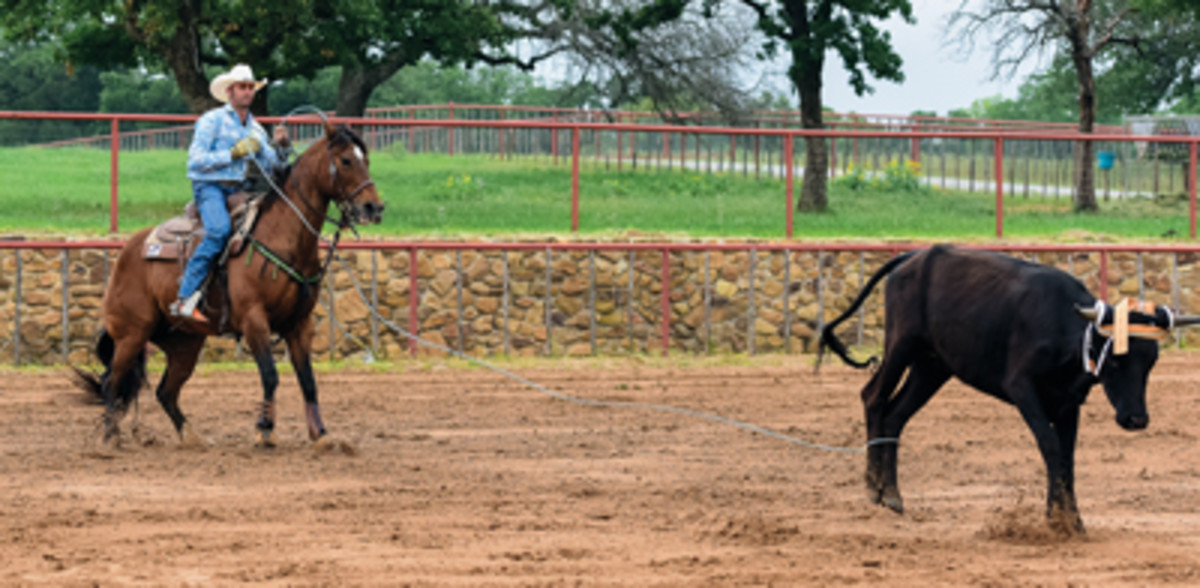Robertson Hill Ranch started our Corriente operation about seven years ago. I put on a couple ropings and one thing led to another and now we send cattle to nearly 70 events a year. We run around 1,000 Corrientes through our operation each year. We provided cattle to the George Strait, the Windy Ryon, the Wildfire Open to the World all the way down to the #9 ropings in Texas. We provide cattle for ropings of all levels. We also do numerous ProRodeos here in Texas.
Five years ago, a roping steer cost $400. Today, that same steer is $1,200. As a producer, you’ve got to get as many runs as possible out of a steer without him getting sorry. While the price of steers has tripled, what a producer is getting paid hasn’t changed. Used to be, it took me four months to get my steer paid for, now it’s taking six, nine, 12 months to make that work.
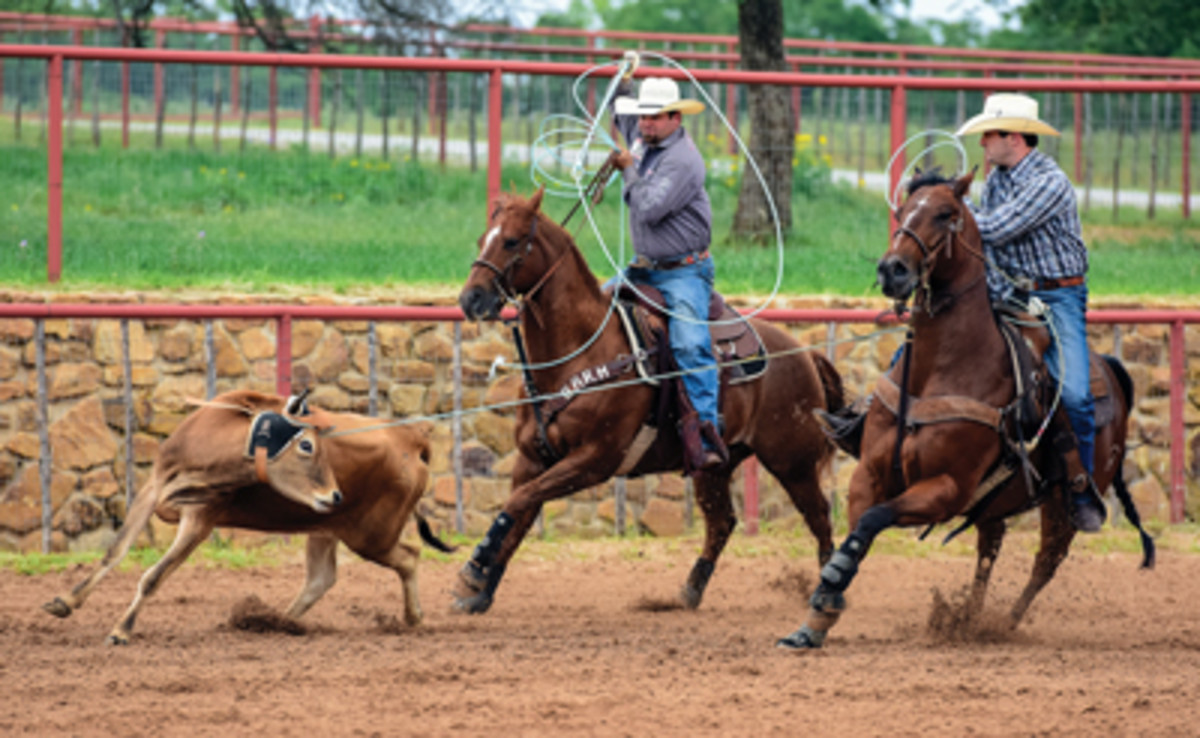
I’m a firm believer that how well you break your steers in results in how long they last. There are different ways to break in steers, whether they go to ropings or are for practice. What we do first is teach them that there’s one spot to go when they leave the chute: the back of the arena to the stripping chute. So we run them through three to five times before we ever even rope them.
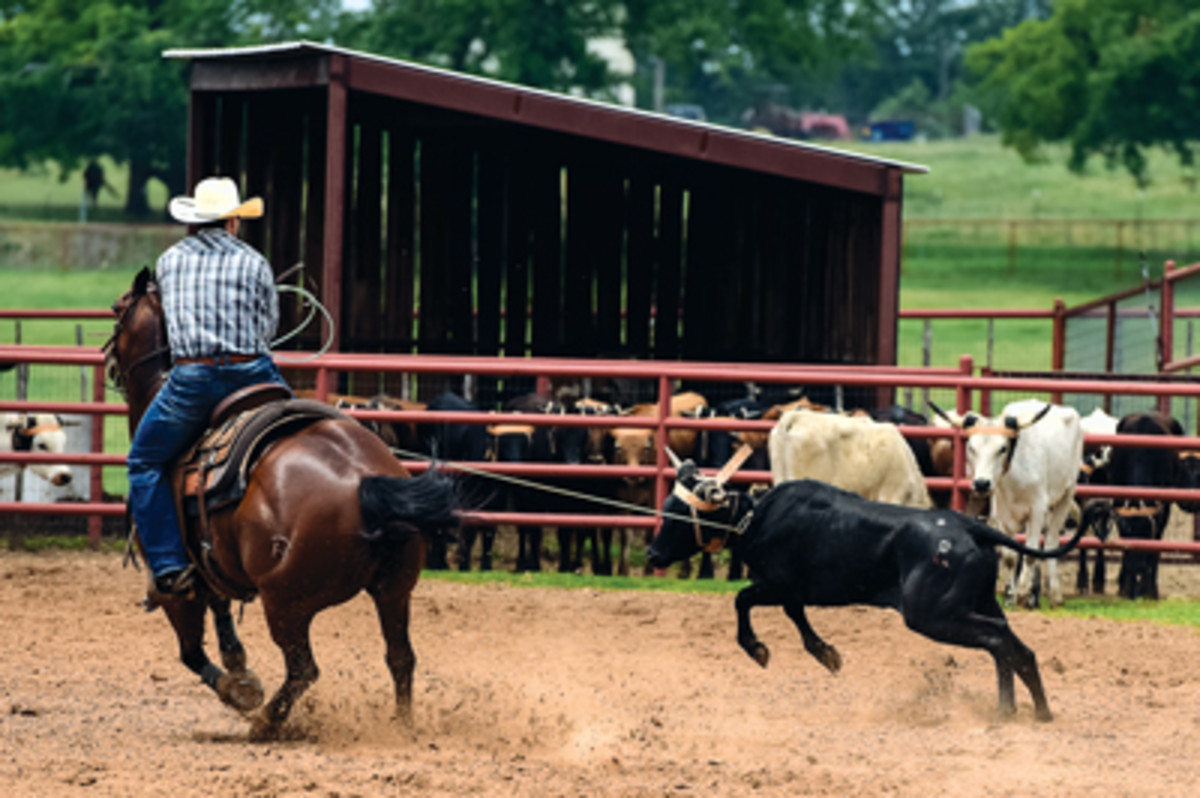
On the next trip through, we put the rope around their horns, let them out and circle them around the header one time, using the heeler to push them around. We’re training the steer to push on the end of the rope with his head to the inside. On the second circle around, we let the heeler rope. If the heeler misses, we don’t rope him again. I just make sure as a header, if the heeler misses, when I undally, I push the steer to the stripping chute and he gets lined out and goes straight to it. On the next trip through, once they kind of know what’s going on, we put the rope around their neck. I didn’t used to do that, but this way, when I take them to a roping and somebody does rope a neck, they’ll still work. With a rope on his neck, we let him run halfway down the arena before we circle him so he can learn to keep his feet while going at a high rate of speed. We just push him around the header one time, if the heeler misses, no big deal. We let him run straight to the stripping chute. What I’m trying to teach the steer to do is keep his feet together and push around the end of the rope. That makes roping cattle last a lot longer. The third trip through, we rope him normally. That seems to work the best for us.
How do you take care of your horse? That’s how you take care of your roping steer if you want to keep him a top-quality steer and make him last. We treat our roping steers like top-tier athletes, we feed them top quality products. What I found is the stronger the steer is, the longer it lasts. The ropers sometimes get a little frustrated with us because that’s our reputation. What comes along with that, though, is an even set of steers and a better set of steers. If a steer is weaker and slower, it’s going to have more tricks in it’s bag.
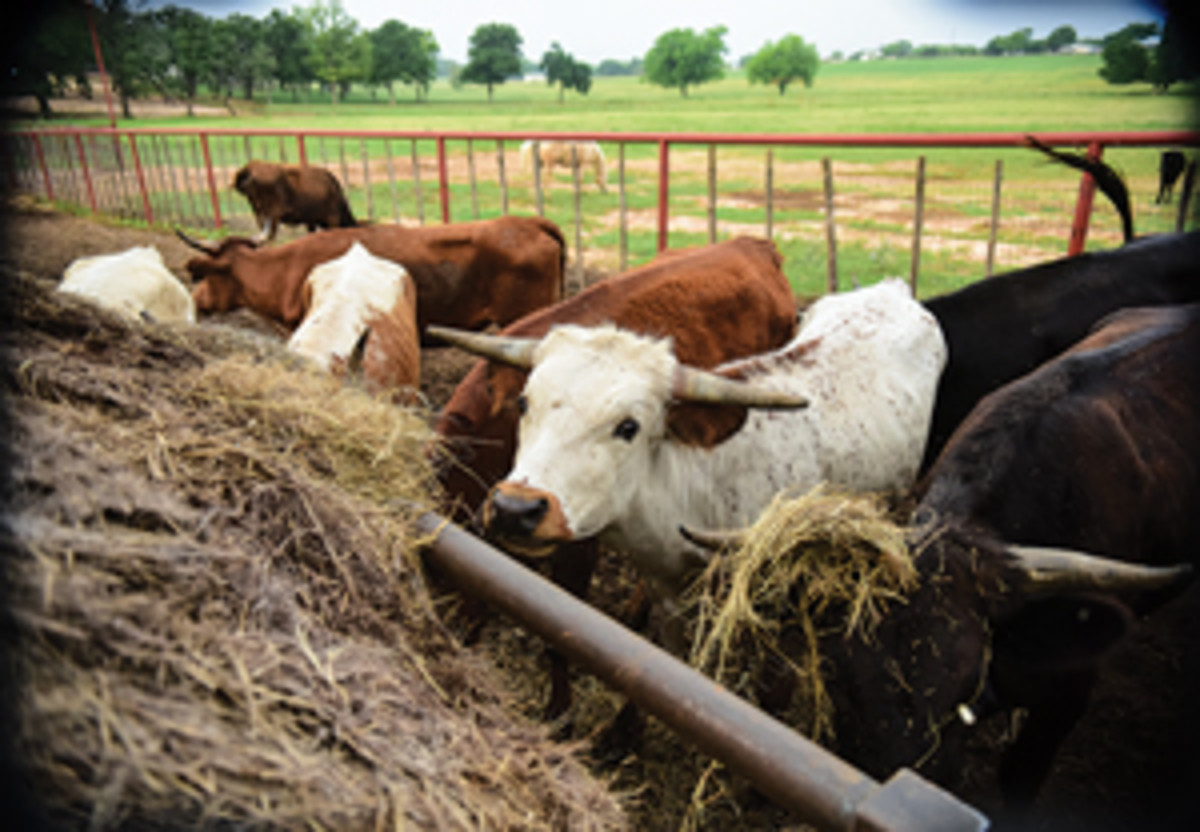
A lot of guys leave horn wraps on and I’m a big opponent of that. You don’t wear the same underwear five days in a row. If you do, how do they feel? Those steers are sweating in them, trying to eat hay in them, grazing in them, then they get stickers and their ears get rubbed raw or they get rained on it—just doesn’t feel good for them. We unwrap our cattle every time after we rope.
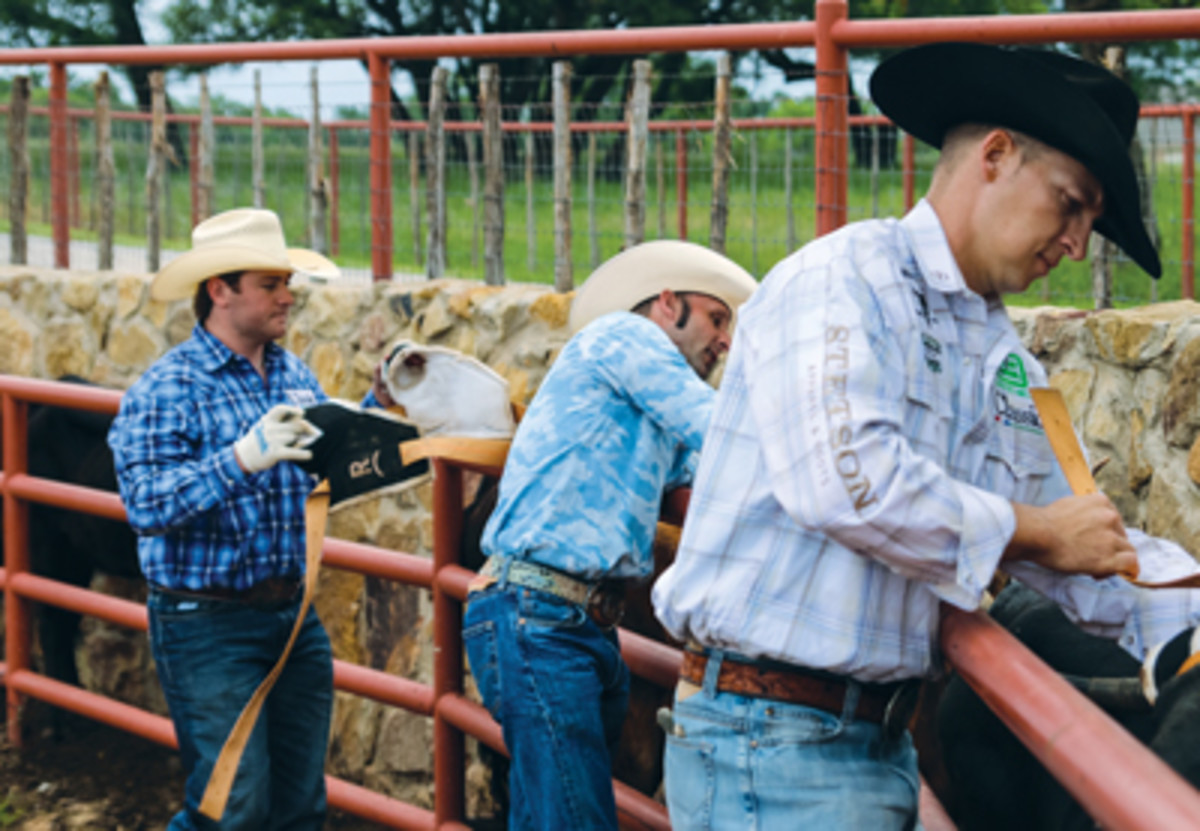
I understand that heelers need to work their horse and dally and let their horse feel the jerk, but I don’t think that’s something that somebody needs to do every single time they rope. As soon as you break the spirit of the steer, he wants to be done. As long as that steer feels like he’s got an opportunity to get away, he’s going to stay stronger and more true and last longer. Another tip would be to not turn them when you rope a neck. Is that really needed? If you get a neck and turn, you’re going to choke that steer out eventually. We’ll breakaway our steers. It lets them feel that rope, but it also lets them feel like they can get away. We do that a lot with our older steers.
